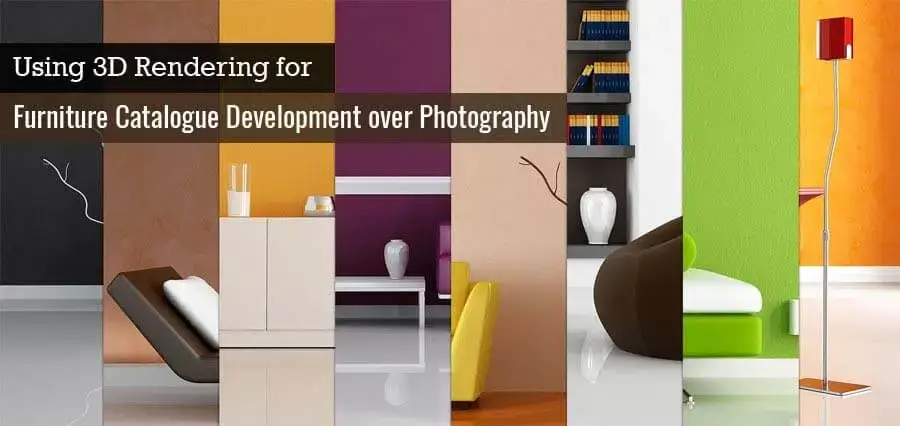From Our Blog
Posted by Prahlad Parmar on August 11, 2016

Furniture manufacturers today often find it difficult to maintain their businesses profitable due to fiercely competitive market. New entrants are coming up with engaging ways to lure customers and have obtained a significant profit share in the market.
Maintaining a cost-effective marketing strategy is thus essential for existing players. It is important for furniture manufacturers to develop visually appealing sales documents to trigger the sale. However, displaying products in catalogues or an advertisement often requires manufacturers to invest in developing high-quality images. However, the traditional method of developing images is costly.
Right from hiring a professional photographer and a designer, to setting up the ambience and decorations, taking a perfect picture involves a lot of time and cost. While you may end up with an appealing picture for the catalogue, it takes the same time and resources for each of the product. Also, once the photos have been taken, it isn’t possible to change the angle, if you wish to for displaying the product in a different manner. Product photography is as such being gradually declining as there’s a better and a cost-effective alternative called 3D rendering.
The photorealistic 3D rendering for furniture is emerging as one of the most efficient ways to develop high-quality images for various marketing and sales materials. Research shows that majority of the manufacturers use computer-generated images for kitchen, bathroom and bedroom catalogues, claiming that 3D rendering has provided better results as compared to professional photography. It is one of the prime reasons why many photography studios have turned themselves into digital studios embracing CGI to survive in the market.
3D rendering offers numerous benefits to help lower the marketing costs:
With all these benefits, 3D rendering services are being increasingly utilized by furniture manufacturers over traditional product photography. It not only helps in lowering the marketing costs, but also keeps design intent clear and realistic.
About Author: Prahlad Parmar is an Engineering Specialist working at Mechanical 3D Modelling for the past 4 years. He caters critical engineering challenges with ease and performs exhaustive procedures to develop robust, well-engineered and high performance designs. He can always be found in the lab discussing, brainstorming and tweaking designs.